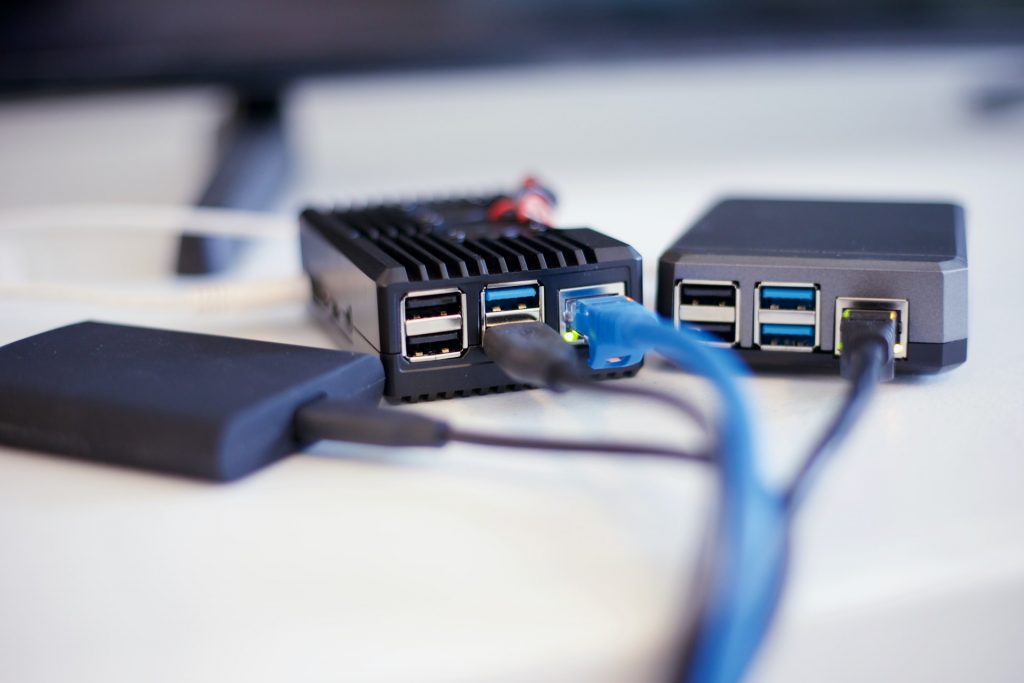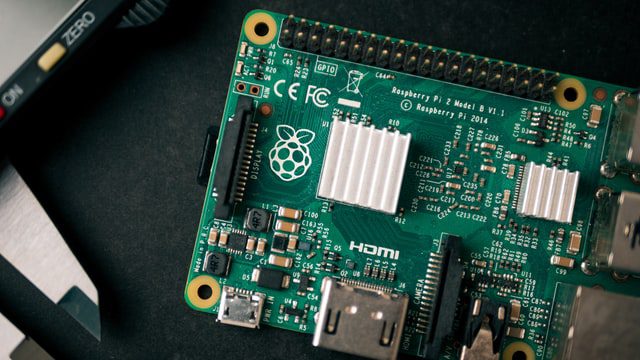Table of Contents:
Raspberry Pi is a small board that offers a very wide range of possibilities. Proper programming of these minicomputers helps to take full advantage of the available options and to adapt the operation of the device to the user’s expectations.
Operating system for the Raspberry Pi
The base operating system is Raspbian, which is largely based on Linux.. However, this is not the only software that works with the board – it is possible to use, for example, Windows 10 in a specially adapted ARM version, Ubuntu MATE, RISC OS, OpenSUSE or FreeBSD.
If you plan a very specific use of the board, you can choose systems designed for specific tasks or specific programs and applications, such as, for example, playing games (RetroPie, Lakka), controlling multimedia (LibreELEC, OSMC), digital signage (Linutop OS), controlling home automation (Domoticz) or managing network processes and security (Kali Linux). Furthermore, it is possible to emulate other operating systems (especially historical ones) using special applications.
Which programming language to choose for the Raspberry Pi?
For programming the Raspberry Pi, the primary language is Python, which is used by the base Raspbian terminal, for example. However, it is also possible to program them using other environments and languages if you use the right tools. Depending on the intended use and their skills and preferences, minicomputer users use C, C++, Java and PHP programming languages, among others. The Scratch graphical editor is also very popular among people starting to learn to code – especially children.
How is the Raspberry Pi programmed?
This can be done in several ways. The method you choose depends primarily on the effect you want to achieve: simple applications can be written directly from the device (with peripherals connected for data input and viewing), while more complex programs are usually developed from a desktop or laptop computer that connects to the Raspberry Pi either by cable or wirelessly.
Programming the Raspberry Pi from the device
Implementing code without the use of a computer requires the use of peripherals to input information and view processes. This requires a monitor, mouse and keyboard which, when connected, allow the Raspberry Pi to be used like a normal desktop computer. Of course, a suitable power supply is also required. Programming the minicomputer using this method can use the built-in terminal, but also other programming tools (for example, downloaded from the web) that allow you to use other programming languages.
Programming the Raspberry Pi via computer
Accessing the Raspberry Pi via a computer is a very popular method that works particularly well for developing more complex programs that place a heavy load on the processor and memory (such as games). Connection to the board can be achieved wirelessly via WiFi or wired, for example using an Ethernet cable or UART-USB converter.
Other ways to program the Raspberry Pi
Another way is to write code on a PC disconnected from the board, and then upload programs via a mobile storage device – such as a USB or microSD card (note – never disconnect the media that runs the operating system!). You can also download scripts and finished applications from the web and then install them on the Raspberry Pi.
Where should you start programming your Raspberry Pi?
In almost all cases, you should start programming your Raspberry from the very basics – booting the board, installing and updating the operating system and configuring the device (changing passwords, setting the location and time zone, etc.). Individual system updates may differ in terms of compatibility with some programs, which is also worth bearing in mind.
It’s also worth repeating the basics of the programming language you are going to use – it will make your work more efficient and avoid frustration. In case of programming methods other than direct coding using connected peripherals, it is also worth giving the board a permanent IP address, which will make it easier to connect to it in the future.
How useful was this post?
Click on a star to rate it!
Average rating 0 / 5. Vote count: 0
No votes so far! Be the first to rate this post.






















